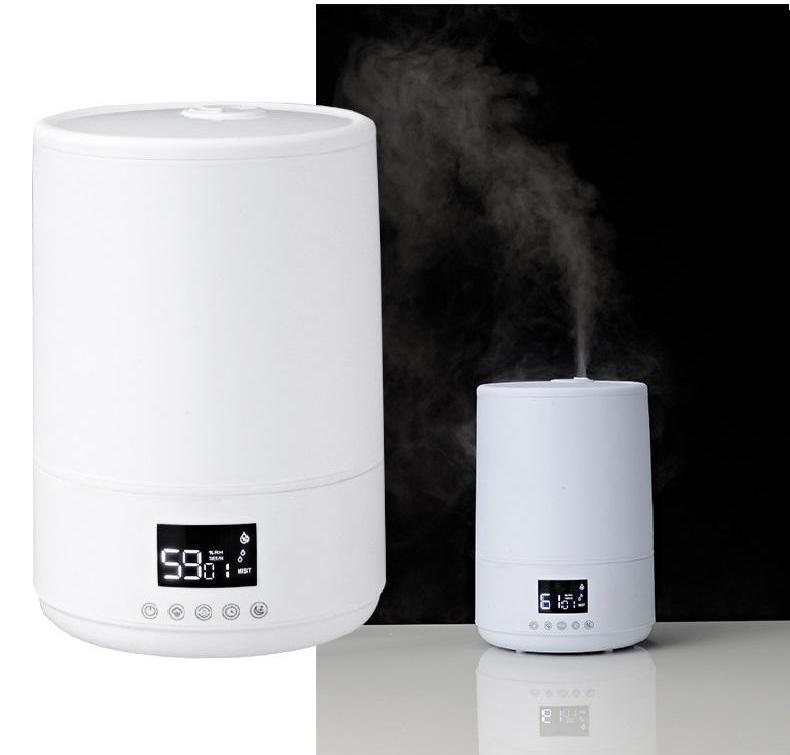
In the dry autumn and winter seasons, many babies will have problems such as dry skin and sore throat. If the indoor air humidity is 40% to 60%, the baby will feel comfortable. If the air humidity is lower than 30%, the indoor inhalable particulate matter increases, and it is easy for the baby to catch a cold.
What are the best humidifiers for kids?
1. Humidification method
It is recommended to choose a natural humidifier. Its working principle is to accelerate the evaporation rate of liquid water through physical methods through the humidification medium inside the machine and the fan, so as to achieve the purpose of humidification.
Natural humidifiers do not produce water mist. Can be humidified with tap water. This avoids the production of toxic substances such as white powder, which endanger the health of the baby.
When choosing a natural humidification method, you should also pay attention to the material of the internal humidification medium. Do not choose some materials that are easy to breed bacteria.
No matter which humidifier you use, you should also pay attention to humidity control. In a room with a baby, the humidity should be between 35% and 55%. In addition, because babies have different constitutions. If you have uncomfortable symptoms such as coughing, you must first determine whether it is caused by humidification.
2. The size of the noise
Generally speaking, it is 25 to 45 decibels, which is a relatively quiet environment. Like a mosquito flying past my ear. This environment is suitable for rest and more suitable for work. If it exceeds 55 decibels, it is not suitable for quiet work. This is to be selected on a case-by-case basis.
3. Aseptic method
Humidifiers need to be cleaned regularly. For example, ultrasonic humidifiers if they are not cleaned regularly. Microorganisms such as mold inside the humidifier will also enter the air with the mist. And then into the baby’s respiratory tract. It is easy for the baby to suffer from “humidification pneumonia”.
How long should I use a humidifier for my baby?
If the humidity is below 30%. Baby’s skin is very dry and has static electricity. You can use a humidifier. Continue to observe the humidity level at the same time. Once it reaches more than 50%. The humidifier can be turned off.
It is especially recommended that the humidifier should use distilled water to avoid excessive bacteria. Generally, it is better to open at night, about an hour.
All in all, best humidifier suitable for kids should meet the following conditions:
- Natural humidifier, can use tap water, can observe humidity 35% to 55%
- Noise is controlled between 25 and 45 decibels
- Easy to clean with timing function
How to choose the best humidifier for kids and children from 4 types of humidifiers?
- Cold evaporative humidifier (without heater)
- Steam humidifier (with heating, steam)
- Hybrid humidifier (cold evaporation + steam)
- Ultrasonic humidifier











Recent Comments